Uncategorized
-

A Sharp Decline in Funding for Gender Data Puts SDG 5 at Risk: Charting a Way Forward
Achieving the gender equality ambitions of the Sustainable Development Goals (SDGs) requires strong gender data systems to measure and implement…
-

Climate Change Isn’t Gender-Blind—This COP27, Our Data Shouldn’t Be Either
It’s Gender Day at COP27. But where’s the gender data needed to assess global progress? Climate change is affecting populations…
-

Data Co-ops: How Cooperative Structures Can Support Women’s Empowerment
(This blog post was cross-posted from the Future Development blog’s (The Brookings Institution) original post, which can be found here.) Rising…
-
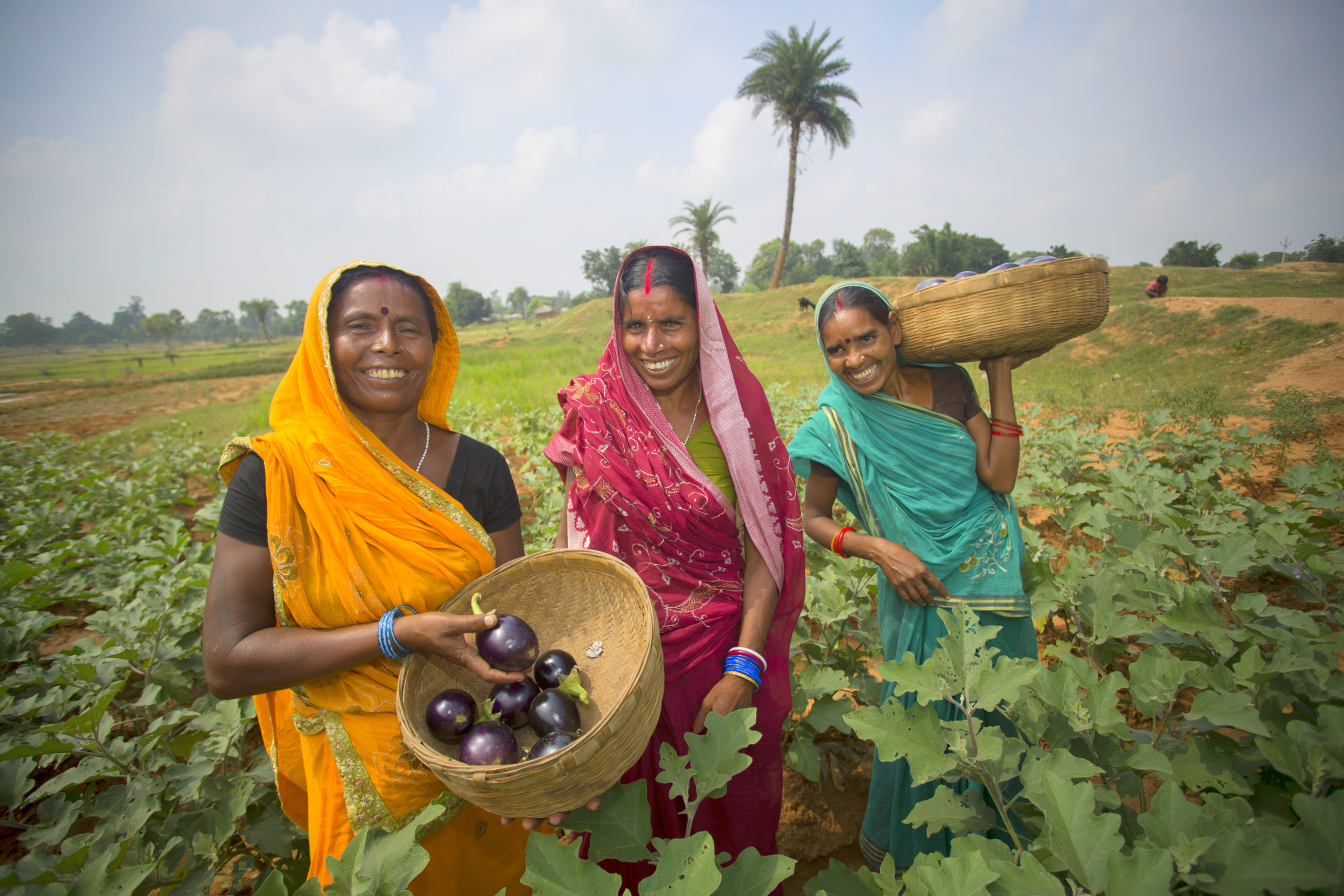
In Conversation Part II: Data2X Partner SEWA Discusses Unique Challenges Facing Rural Indian Women Farmers
Due to high costs of devices and data, digital literacy rates, and social norms around access and use of digital…
-
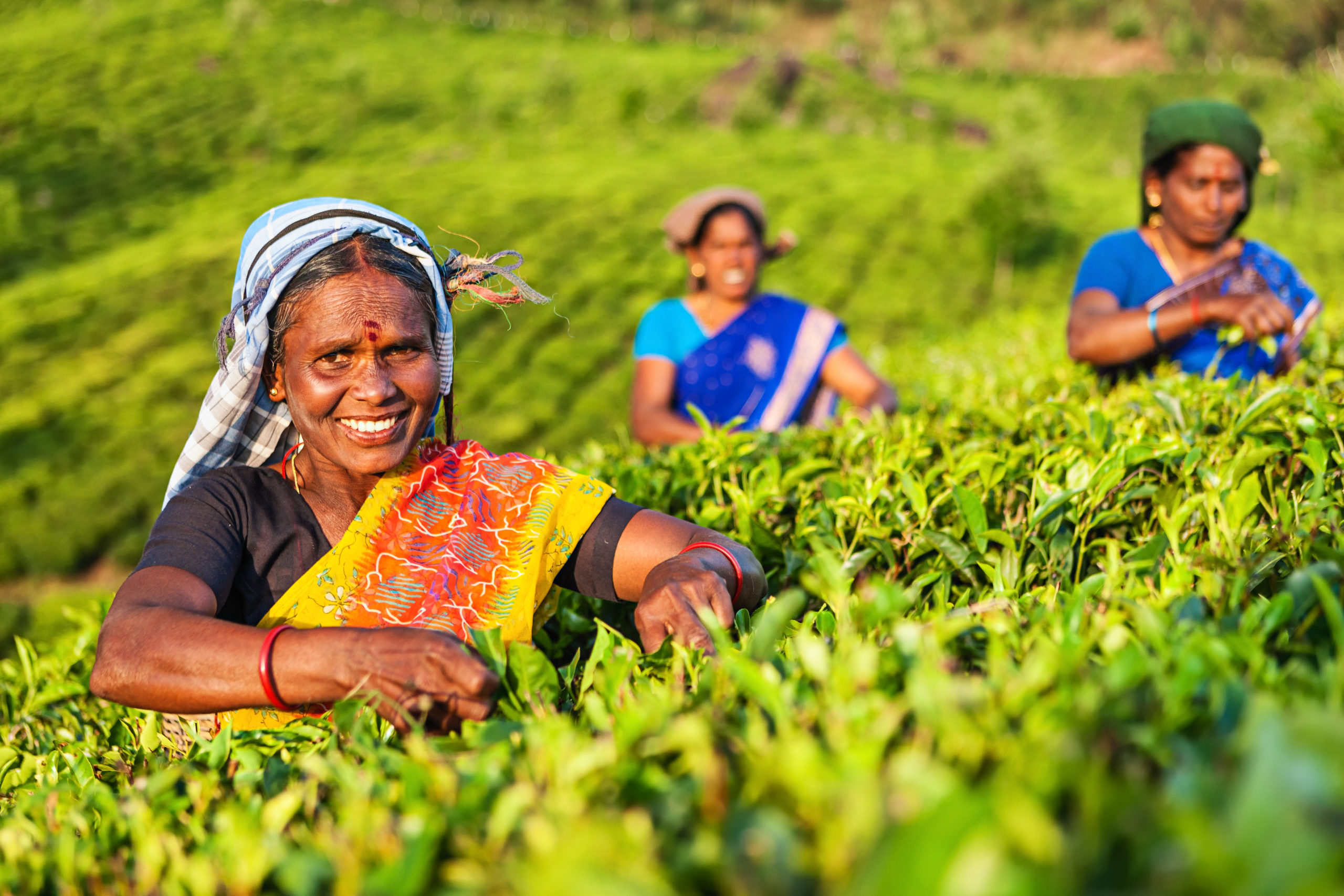
In Conversation Part I: Data2X Partner SEWA Discusses Unique Challenges Facing Rural Indian Women Farmers
On average, women make up more than 40 percent of the agricultural labor force in low and lower middle-income countries…
-

Making Adolescent Girls Visible Through Gender Data
When adolescent girls are excluded in data collection, it’s impossible to see the whole picture. Today is the 10th Anniversary…
-
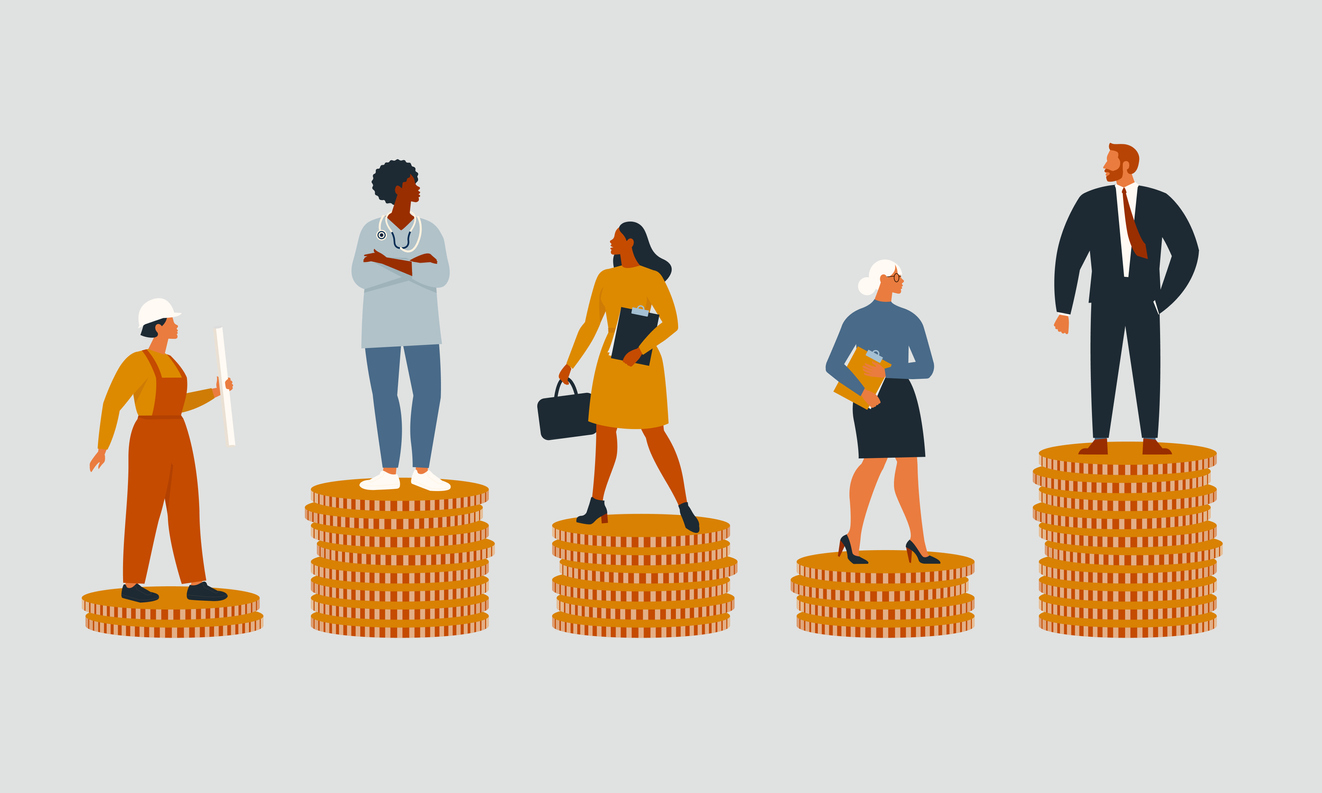
IMF Makes Bold Gender Data Commitments Through New Gender Mainstreaming Strategy
The IMF Puts Gender Data at the Forefront of Their First Gender Strategy The International Monetary Fund (IMF) has taken…
-
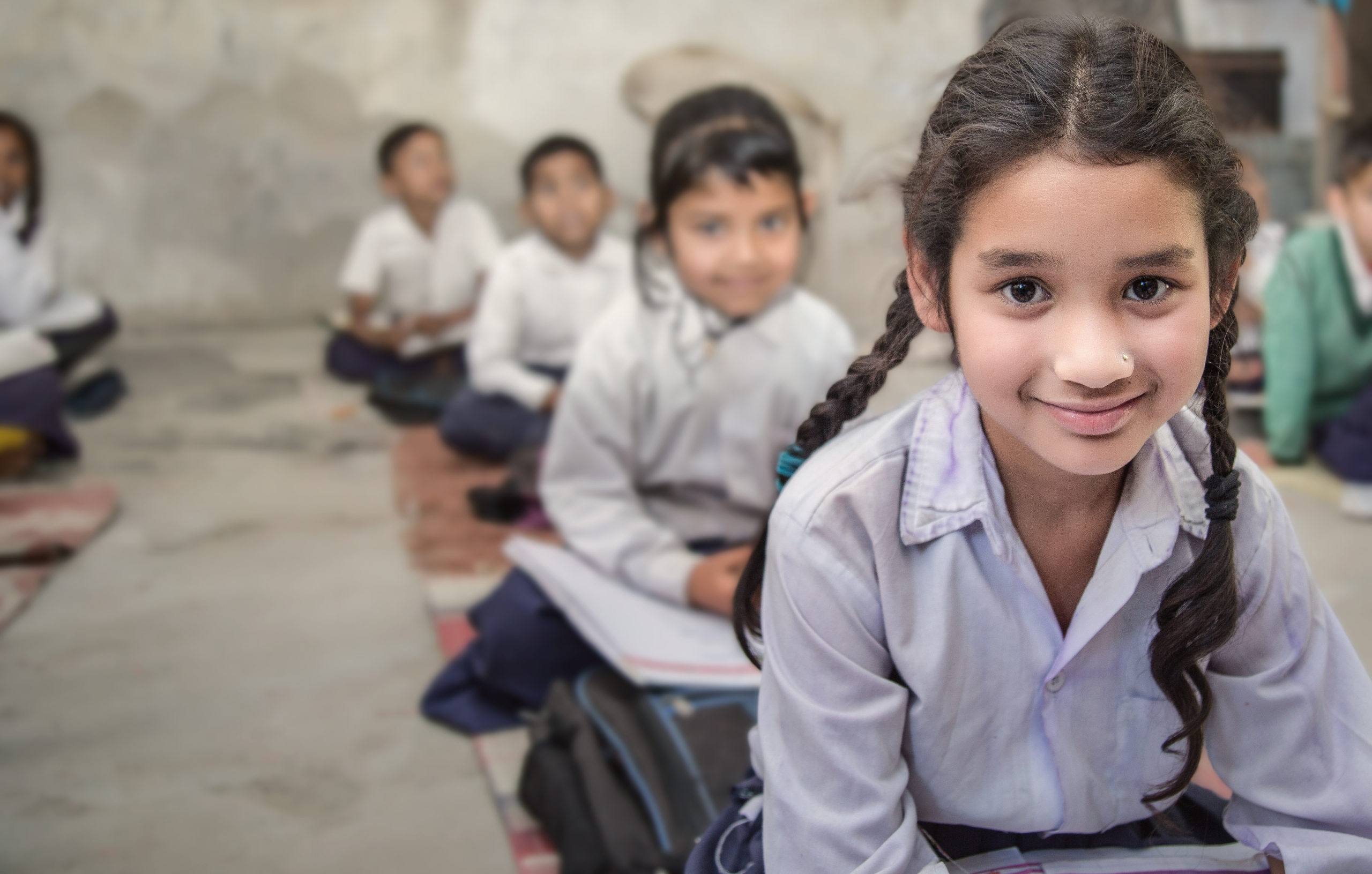
Gender Data Can Transform Education
The United Nations Secretary-General convenes the Transforming Education Summit this week, a key moment of the 77th United Nations General…
-

Following the Money: How One Organization is Using Data to Improve Aid Transparency on Gender Equality Programs
Stakeholders continue to dedicate financial resources to achieve gender equality—but financing alone is not enough. To make meaningful progress on gender equality and improve the efficacy of development aid, financing must be paired with comprehensive technical data on 1) where resources are going; 2) what these resources are used for; 3) how they are used and who benefits from them; and 4) what results they produce. Without this information, it is difficult to understand the impact of gender equality programs and improve the lives of women and girls.
-
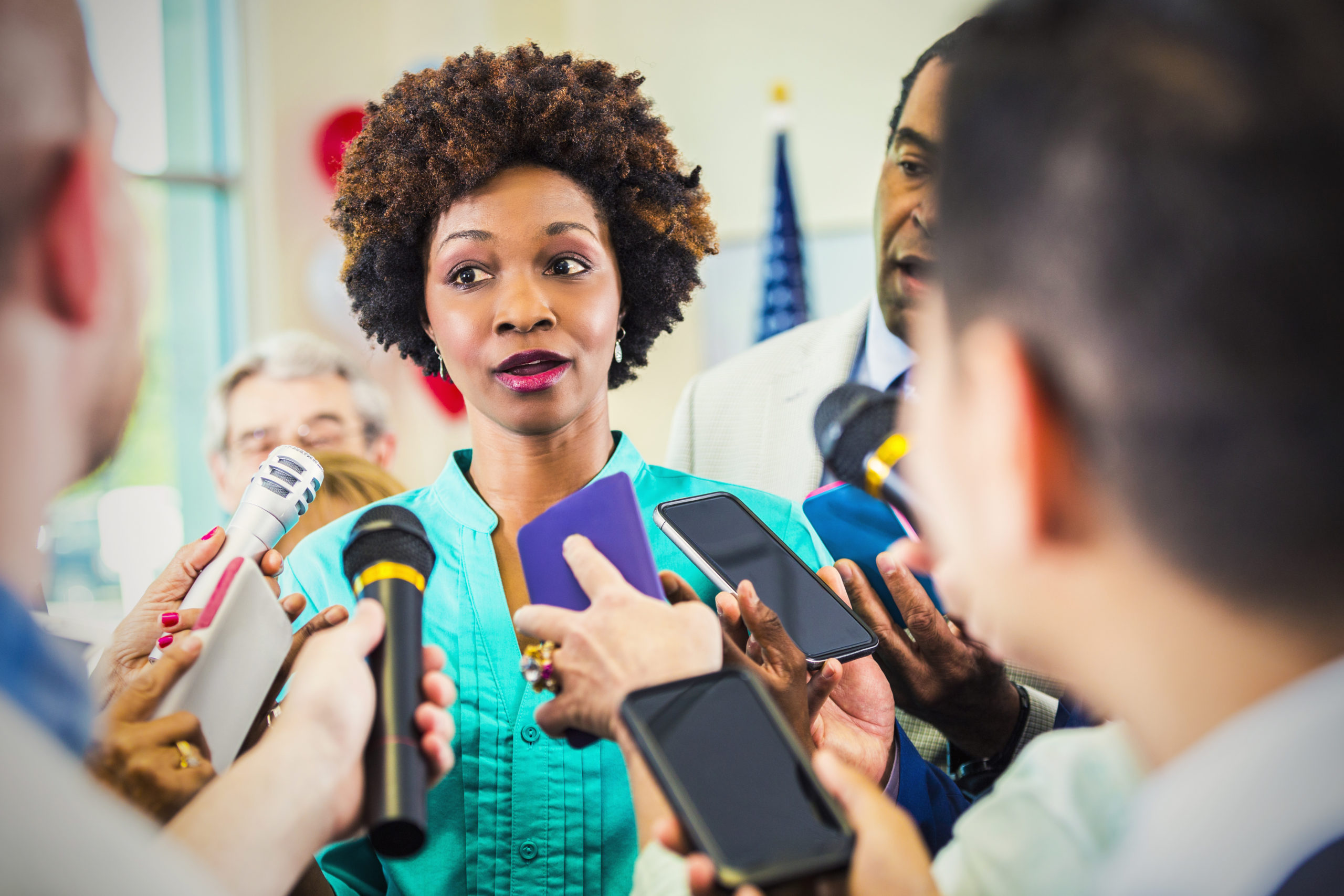
Adding Value to Gender Data: How Mentoring and Building a Community of Data Users Can Enhance Journalists’ Ability to Communicate on Gender Issues
Journalists can help improve demand for gender data because they play a unique role as storytellers who can make sense of complex topics and engage the wider public. While journalists have the media presence, research, and writing skills to report on gender data in a smart, digestible way, they may need more advanced visualization and specialized technical skills and a community in which they can find support in these areas. To help address this problem, Equal Measures 2030 and Tableau Foundation launched the Fellowship for Data Journalists at the Reykjavik Global Forum for Women Leaders in 2020.
[ajax_load_more post_type="post" category="uncategorized" offset="5" button_label="Load More" pause="true"]
